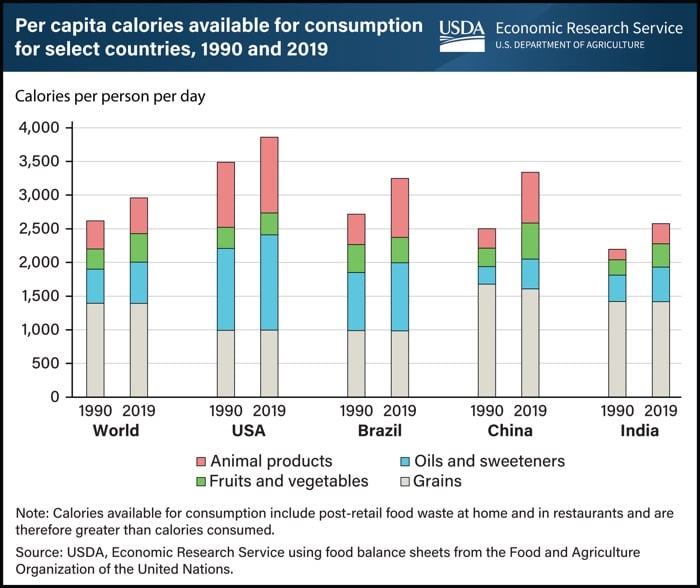Eat This Newsletter 223: Enough to Go Around
Hello
Some strange truths season this collection of food and nutrition stories.
War and Chickpeas
I’m thankful that I am not teaching a class on “food, nationalism, and identity,” especially one that includes a discussion of Nir Avieli’s book Food and Power: A Culinary Ethnography of Israel. David Beriss is, in his class on Food and Culture at the University of New Orleans, and shares the difficulty of doing so in his article When the Syllabus Collides With War on the Food Anthropology website.
I want my students to take away critical tools that can help them think through this conflict and to think about food and conflict in general. But how much critical thinking can there be when the news is full of unrelenting stories of death and destruction? When social media is full of outrage, misinformation, and hate? To write about the death of thousands of Palestinians is sure to bring on attacks from defenders of Israel. To assert Israel’s right to defend itself (or a Jewish right of self-determination), is to be accused of settler-colonialism or worse.
The piece is fascinating reading, not least because it suggests that at least some higher education in the US is alive and well and doing the job it is supposed to. Of course, I would also like to hear what the students in the class think about it.
School Food
The Guardian recently published an extended photo essay about the school feeding programme in Nairobi, Kenya. It is astonishing: 60,000 meals prepared from scratch every day for a quarter of the schoolchildren in the city. Yes, the piece is gushingly optimistic, but what’s wrong with that? I suspect there’s a lot that other cities could adopt from this and similar examples. Sourcing ingredients, minimising waste, ensuring affordability; all contribute to the success of the programme. My hope is that in a few years it will be possible to see the detailed impact of efforts such as these around the world, and that maybe even “rich” countries will understand that investing in children’s nutrition is a good idea.
Hunger Graphs
Global hunger is not about lack of food, as is made more than usually clear in a new chart from the USDA. It compares the calories produced per person in 1990 and 2019 for the world as a whole and for selected individual countries.

Even in 1990, India was producing more than 2000 calories per person per day. Today the figure is above 2500 calories per person per day, and the US is closing in on 4000 calories per person per day. That ought to be enough for everyone.
Californian Calories
So, guess which Californian crop produces the most calories? I was amazed too, though I probably shouldn’t have been.
Some very interesting factoids lie buried among Aaron Smith’s graphs. There are the large differences in calories per hectare for different crops and equally marked differences in the value of production. I couldn’t quite wrap my head around “calories per dollar”. Is it per dollar of production costs, or per dollar in the market? Wholesale or retail? And of course there’s nothing about the cost of a healthy diet. I’d love to see that analysis for the least expensive healthy diet based on food produced in California.
Silent Levity
Marion Nestle says, quite simply, “I could not make this up if I tried”. And I suspect she is right. What is this?
A lulu of a story; PepsiCo recently released special software that online gamers can use to neutralise the sound of their crunching on one of PepsiCo’s fabled snacks.
Take care

p.s. After talking to Matt Phillpott about honey adulteration I did a little digging into the problem, and uncovered a couple of research articles that illuminate just how hard it is to be certain that honey has been adulterated. Adulterated Honey: Not Pure, and Not Simple Either is the result.
Add a comment: